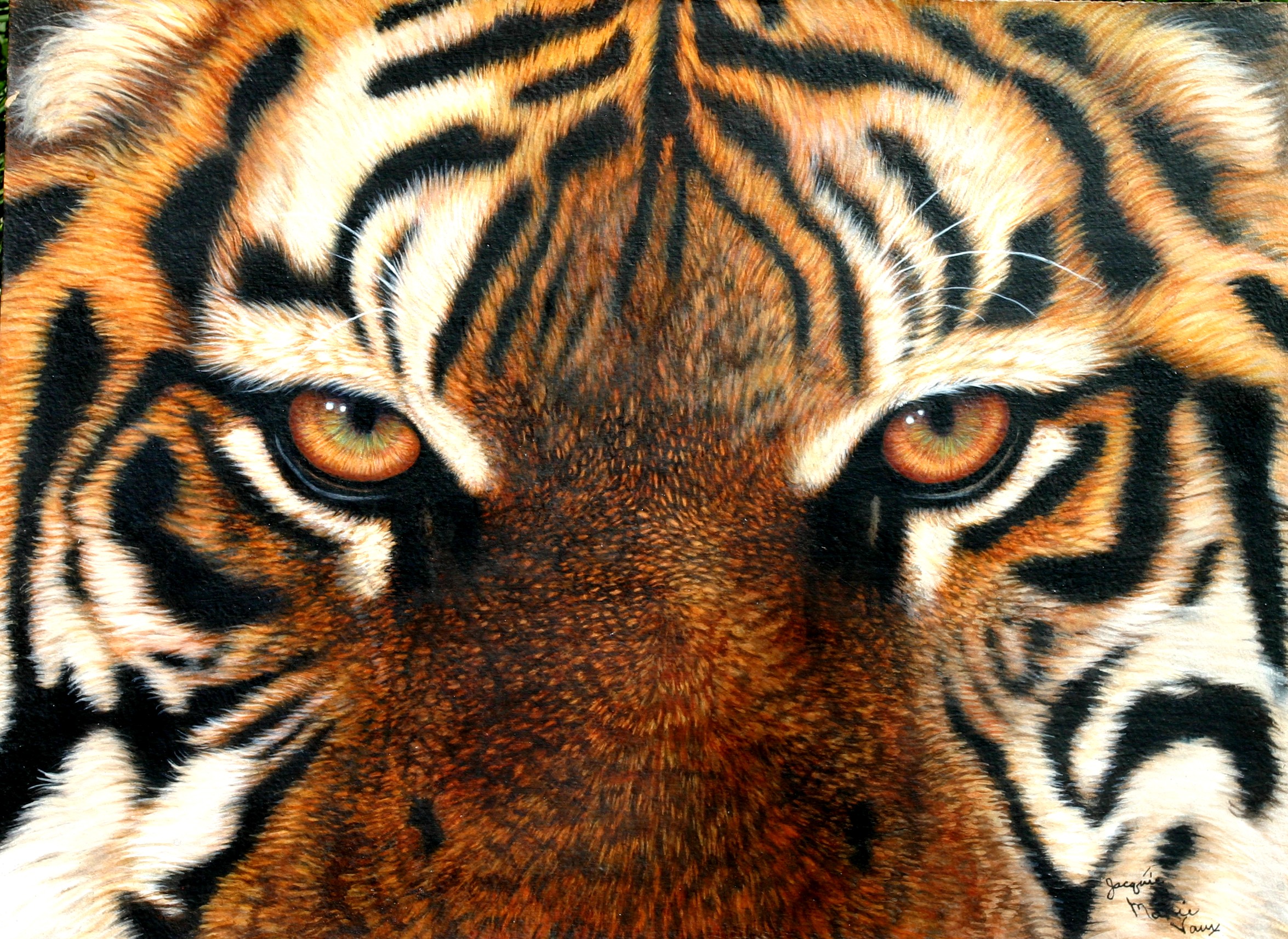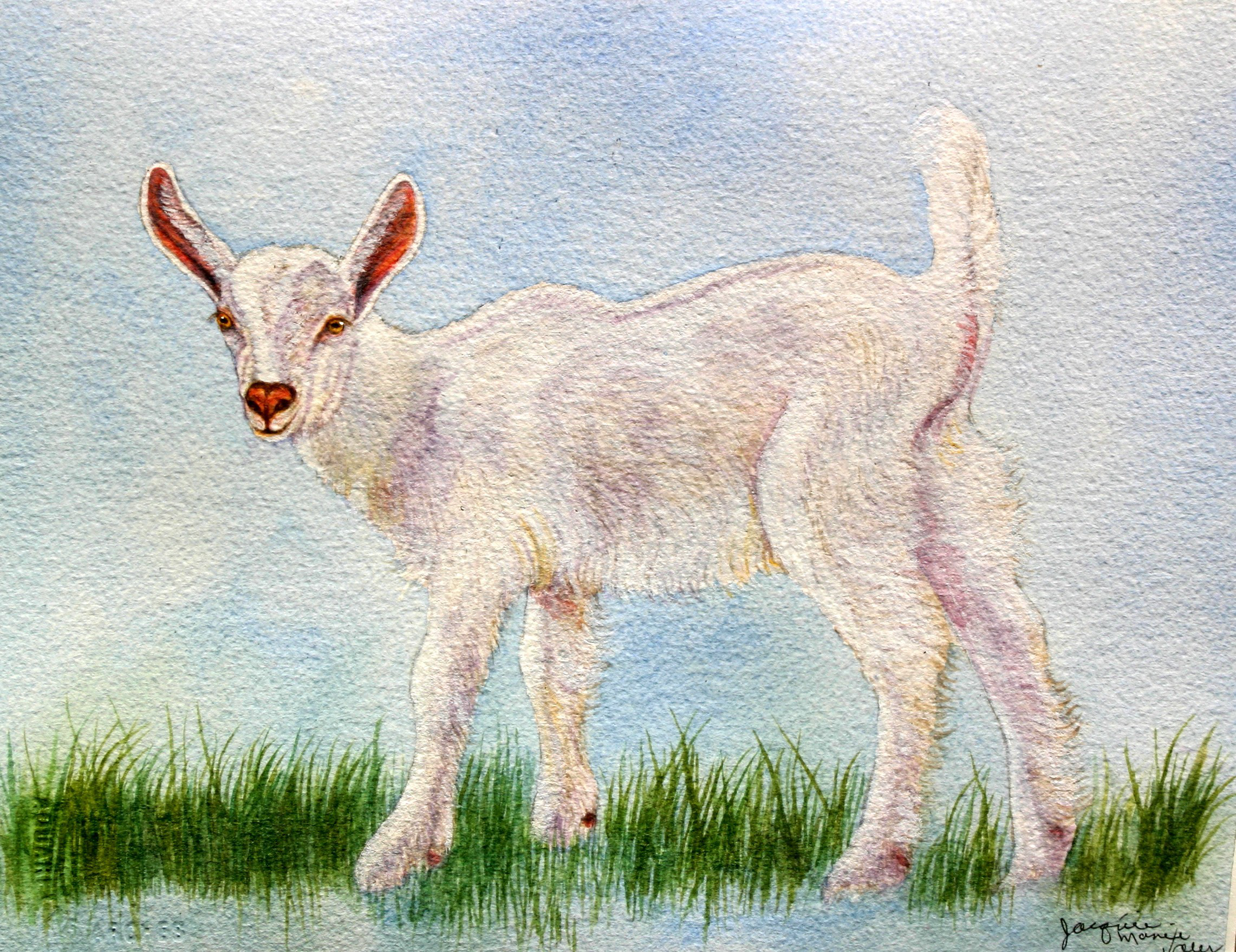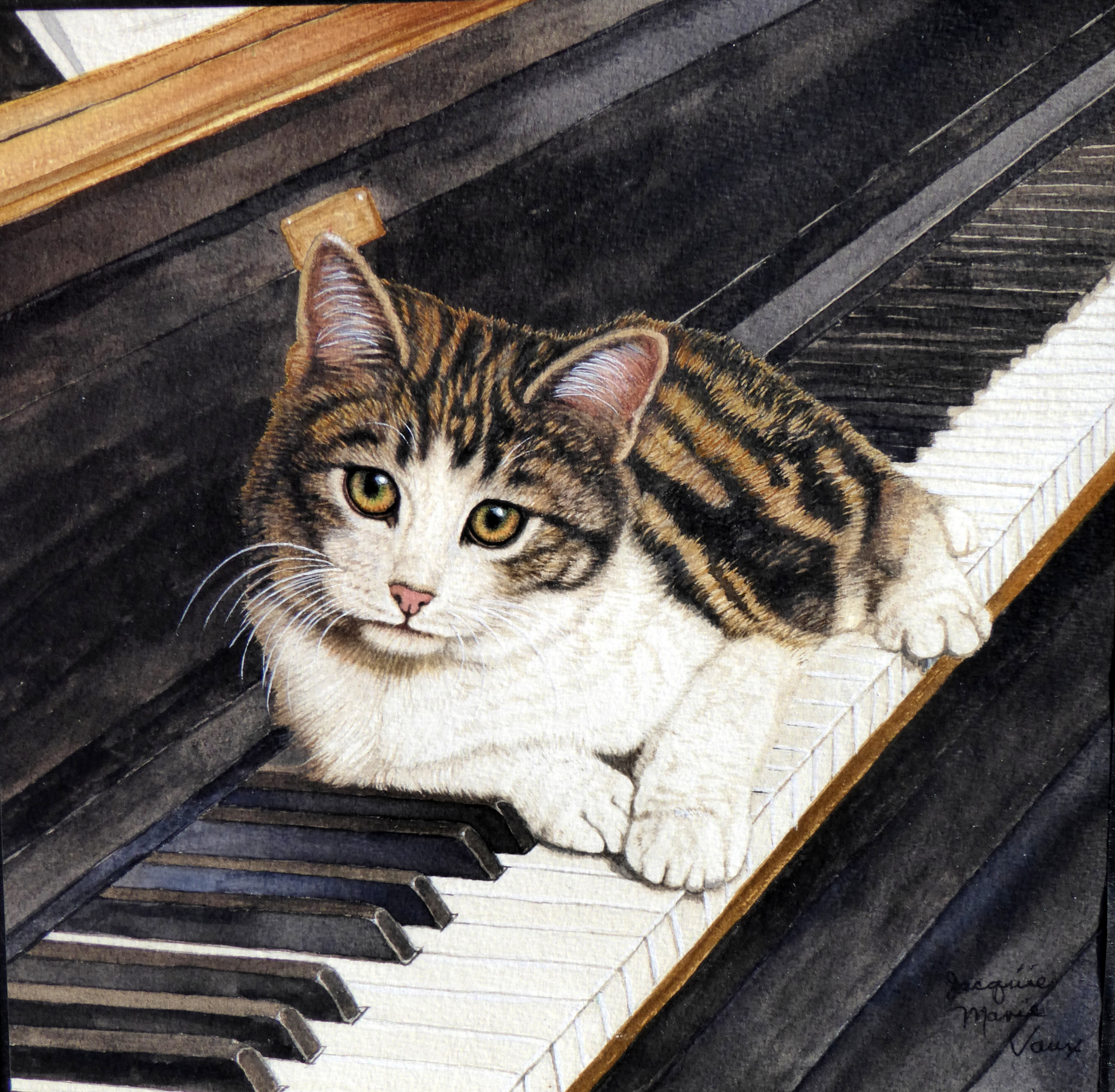A Working Artists’ Life


I have earned my living as a wildlife artist for more than 30 years now.It is a great profession and a wonderful way to make money… Working every day and completing paintings for art galleries is a terrific business. However, it has come to my attention that art sells better when the stock market goes up. Duh! What a surprise!
Art is always going to be a part of most people’s lives in one form or another, either fine art, films, music, theater or literature. Even when art is enjoyed by the public at large, though, it is still difficult to support ones lifestyle through the sale of art.
Creating fine art paintings is actually more complex than one would expect. The idea for the painting starts the process, then the reference material needs to be obtained and copyrights duly noted. Following that the artist needs to prepare the canvas or paper for the painting.
If it is canvas, then it must be stretched, braced, then sized and gessoed. Then, the image for the painting must be transferred to the canvas. Then the drawing should be sealed. After that, painting can proceed. First the values must be established, that is, the dark and light areas, and then the values shown cool or warm tones showing the light source. The details of the images can then be painted using the reference material for accuracy.
This whole process can take up to six months for one painting. If the painting is a commission, the artist gets paid when the painting is completed. If the artist is painting to establish an inventory for the gallery showing the work, then the artist does not get paid until the painting is sold. Most galleries require at least 15 original paintings per artist represented.
Once the fine art painting is sold, then the art gallery gives the artist 50% of the sale price of the painting. A fifty percent commission is standard for the industry although some galleries in smaller metro areas may charge the artist less than fifty percent to sell their art. The artist must wait for two weeks or more for the payment to be received.
For the working artist, this creates a dilemma. Does the working artist place all of their work in art galleries waiting patiently for the art to sell and then waiting patiently for the gallery to send the payment? Or does the working artist go to art fairs where they have control of the hoped for sale and instant payment? Some artists decide to do both, especially if art galleries are not selling or are closing their doors.
The business of art is reluctantly embraced by most artists. It is not the fun side of creating art. It is a necessary part of any successful artist’s career however and cannot be ignored if an artist wants to continue working at this great career.

